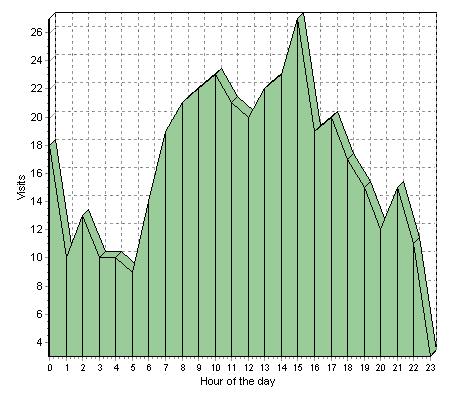Friday Vespers
 Hello and welcome to another fact filled episode of Friday Vespers here at everyone's favorite institute of thinking. This is the time of the week where we put our troubles aside and relax with a beer. You can bring your own beer, or you can put one on my tab here, (if you are looking for an ice breaker with the bartenders, ask them if they know Pile?).
Hello and welcome to another fact filled episode of Friday Vespers here at everyone's favorite institute of thinking. This is the time of the week where we put our troubles aside and relax with a beer. You can bring your own beer, or you can put one on my tab here, (if you are looking for an ice breaker with the bartenders, ask them if they know Pile?).Tip to avoid heat frustration.
Keep your beer cold and in a pinch you can use it to cool down if you get overheated.
On today's show I am going to let you in on an important study we have undertaken at the Institute. I know what you are thinking, with all that we are working on here, how can we possibly start another study? Well, it would not be possible were it not a labor of love.
Circadian rhythms and their effect on internet viewing of nude art.
As many of you know from last weeks vespers, we are getting a substantial amount of traffic from people who appreciate fine art; this has given us the opportunity to study the daily rhythms of art viewing.
First we must explain what circadian rhythms are.
Organisms from flies to humans have daily circadian rhythms entrained with the 24-hour cycle of day and night that regulate many physiological systems. In mammals, there appears to be a master regulator of circadian rhythms in the hypothalamus, as well as additional peripheral mechanisms.
Your body has more than 100 circadian rhythms. Each unique 24-hour cycle influences an aspect of your body's function, including body temperature, hormone levels, heart rate, blood pressure, nude art viewing, beer drinking-- even pain threshold. Understanding how these cycles interplay is riveting. And, in some cases, you may be able to plan your day to take advantage of your body's natural rhythms.

If you examine this graph that charts the nude art viewing of a random sample of internet users (n=418); you will notice that the desire to view art on the internet is at its lowest at 5 am, with peaks at 10 am and 3pm.
The challenge for the researchers here at The Ebb & Flow Institute is trying to determine whether these peaks are related to the internal rhythms of our bodies art viewing needs, or whether these peaks coincide with the person in the next cubicle taking a smoke break.
Needless to say the staff is working on developing a statistical analysis that will compensate for the smoke break factor.
But that is enough science, enjoy your vespers secure in the understanding that we at The Ebb & Flow Institute are doing everything we can to expand the realm of human knowledge.


<< Home